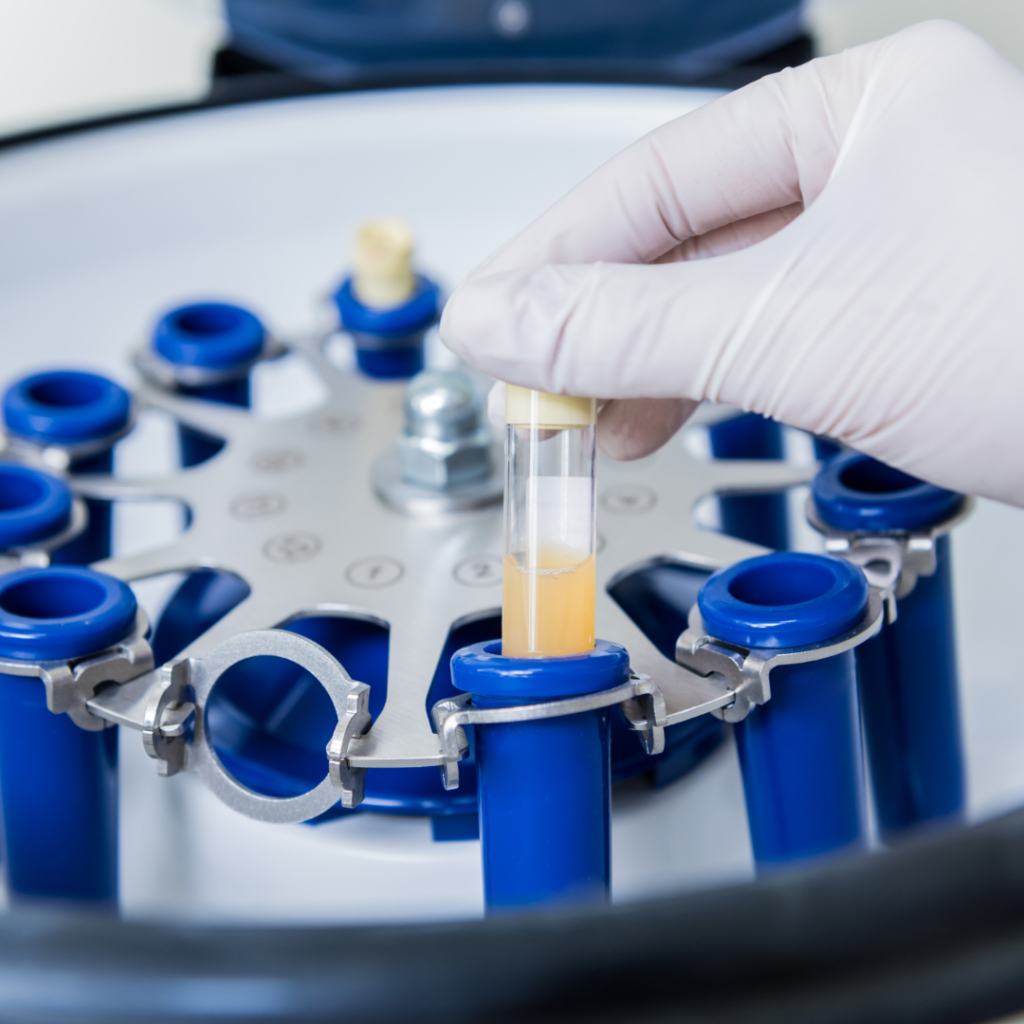Approaching Platelet-Rich Plasma (PRP) therapy is an exciting step toward natural healing and pain relief. Whether you’re seeking to ease joint pain, recover from an injury, or rejuvenate your skin, PRP offers a minimally invasive solution that uses your body’s healing power. But if it’s your first time, you might feel unsure about what to expect.
This guide will walk you through the entire PRP process—from preparation to recovery—so you can confidently approach your treatment, knowing exactly what’s ahead.
What Is PRP Therapy?
PRP therapy involves taking a small blood sample, processing it to concentrate the platelets, and injecting the solution into the targeted area. These platelets contain growth factors that stimulate tissue repair, reduce inflammation, and support natural healing.
PRP is commonly used for:
- Joint Pain: Relieving arthritis or tendon injuries.
- Sports Injuries: Accelerating recovery from strains or ligament damage.
- Skin Rejuvenation: Reducing wrinkles and improving skin elasticity.
The procedure is quick, minimally invasive, and tailored to your specific condition.
How to Prepare for Your PRP Treatment
Proper preparation can ensure the best results from your PRP therapy. Here’s what you need to do before your appointment:
1. Consultation Is Key
Your PRP journey starts with a consultation. During this visit:
- Your doctor will review your medical history and discuss your treatment goals.
- You’ll learn if PRP is the right option for you based on your condition and overall health.
Bring a list of medications and supplements you’re currently taking, as some may need to be adjusted before treatment.
2. Avoid Anti-Inflammatory Medications
Stop taking NSAIDs (like ibuprofen or aspirin) at least 7–10 days before your appointment. These medications can interfere with the platelets’ ability to promote healing.
3. Stay Hydrated
Drink plenty of water in the days leading up to your treatment. Proper hydration ensures the blood drawn for PRP will be of the highest quality.
4. Eat a Healthy Meal
Have a balanced meal before your appointment to avoid feeling lightheaded during the blood draw. Focus on nutrient-rich foods to support your body’s healing process.
5. Avoid Alcohol and Tobacco
Refrain from alcohol and smoking at least 48 hours before your treatment. Both can impact blood quality and slow down the healing process.
What Happens During the PRP Procedure?
Here’s a step-by-step overview of what you can expect on the day of your treatment:
1. Blood Draw
The first step is drawing a small amount of blood, typically from your arm—similar to a routine blood test.
2. Centrifugation
Your blood is placed in a centrifuge, a machine that spins it at high speed to separate the platelets from other blood components. This process takes about 10–15 minutes and results in a concentrated platelet-rich solution.
3. Injection Preparation
Once the PRP solution is ready, your doctor will prepare the targeted area for the injection. This may involve cleaning the site and applying a numbing agent to minimize discomfort.
4. PRP Injection
The PRP is injected directly into the area requiring treatment, such as a joint, tendon, or skin. The injection is guided by imaging tools, like ultrasound, to ensure precision.
The entire procedure typically takes 30–60 minutes, depending on the treatment area.
What Does PRP Feel Like?
Most patients describe the sensation as mild to moderate discomfort during the injection, often compared to a pinprick or slight pressure. The numbing agent helps reduce any pain and the process is generally well-tolerated.
Aftercare: What to Expect Post-Treatment
Recovery after PRP therapy is quick, but it’s important to follow these aftercare steps for the
best results:
1. Manage Mild Soreness
You may feel soreness or stiffness in the treated area for a few days. This is normal and a sign that the healing process has begun. Use ice packs or acetaminophen (not NSAIDs) to manage discomfort if needed.
2. Avoid Strenuous Activity
Take it easy for 1–2 days after your treatment. Avoid heavy lifting, intense exercise, or high-impact activities that could strain the treated area.
3. Stay Hydrated and Nourished
Continue drinking plenty of water and eating nutrient-dense foods to support your body’s healing
process.
4. Follow-Up Appointments
Your doctor may schedule follow-up visits to monitor your progress and determine if additional treatments are needed.
When Will You See Results?
PRP works by stimulating your body’s natural healing process, so results aren’t immediate. Most patients notice gradual improvement over several weeks, with full benefits appearing within 3–6 months.
For chronic conditions, multiple PRP sessions spaced a few weeks apart may be recommended to achieve optimal results.
Emotional Benefits of Being Prepared
Knowing what to expect can ease any anxiety you may feel about trying a new treatment. By understanding the process, you’ll walk into your appointment feeling confident and ready to take an active role in your recovery.
Remember: PRP isn’t just about physical healing—it’s about empowering you to reclaim your mobility, vitality, and confidence.
Final Thoughts: Ready for PRP?
PRP therapy offers a safe, effective, and natural way to address pain, injuries, and signs of
aging. By preparing well and following your doctor’s guidance, you can set yourself up for a
smooth experience and successful results.
Ready to start your journey to recovery?
Schedule your consultation today and take the first step toward feeling like your best self again.
Suggested Products for Recovery:
- Cold Packs: To reduce soreness and swelling post-treatment.
- Support Braces: For added stability in joints or tendons.
- Hydration Supplements: Electrolyte boosters to maintain hydration during recovery.
Disclaimer: This post is for informational purposes only and should not replace professional medical advice. Always follow your healthcare provider’s instructions for preparing and recovering from PRP therapy.

